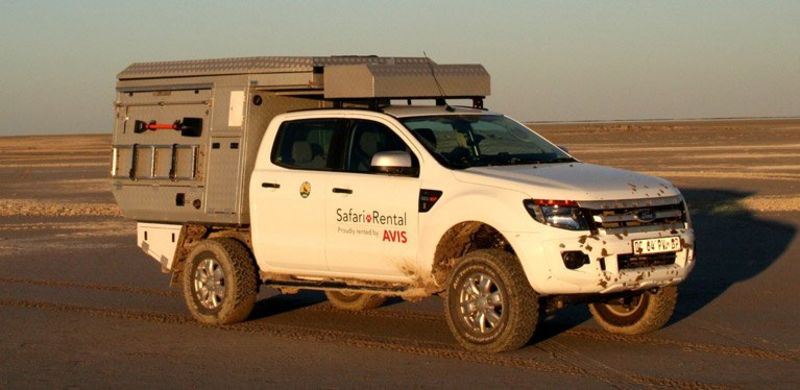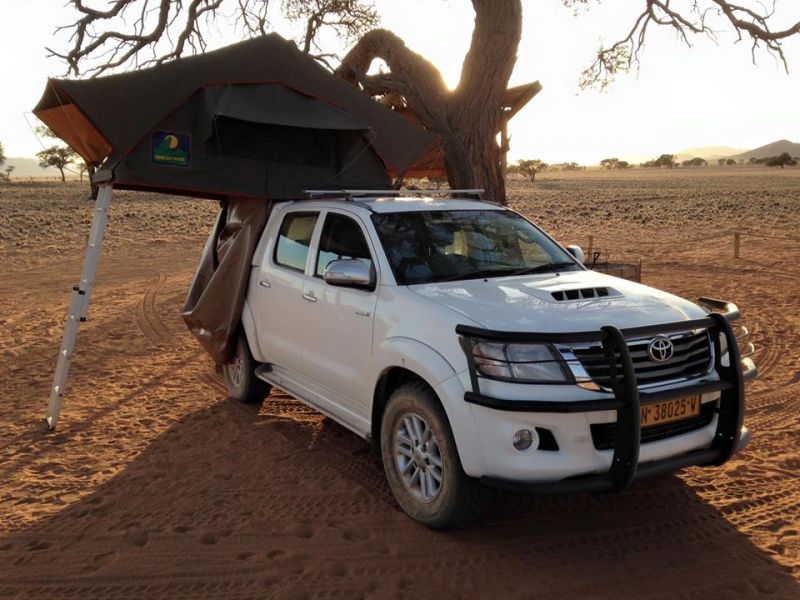
There’s been a fair amount of talk around these parts lately about searching for new vehicles that will scratch our overlandy itch, myself included. As I reported earlier, our ohgodbearingdownwiththerelentlessspeedofabullettrain pending long term move to Botswana this summer has pushed this question front and center once again.
One way or another we will be exploring Africa by 4x4, I can guarantee you that, my friends. The question that remains is, how?
I thought I would break down our travel goals, as well as the variables and considerations of the four realistic vehicle options that present themselves to us and see what you think. As a preview, the commentariat in my previous post was overwhelmingly unanimous that we should buy a vehicle in-country when we arrive.
Where Are We Going?
First, let’s talk about Botswana, and southern Africa in general. We will be moving to Gaborone, Botswana’s capitol city, and teaching/working at the University of Botswana. It’s located on the furthest south-eastern end of the country, almost on the South Africa border. The city is tied very closely to the South African economy, and this offers some advantages (more on those later).
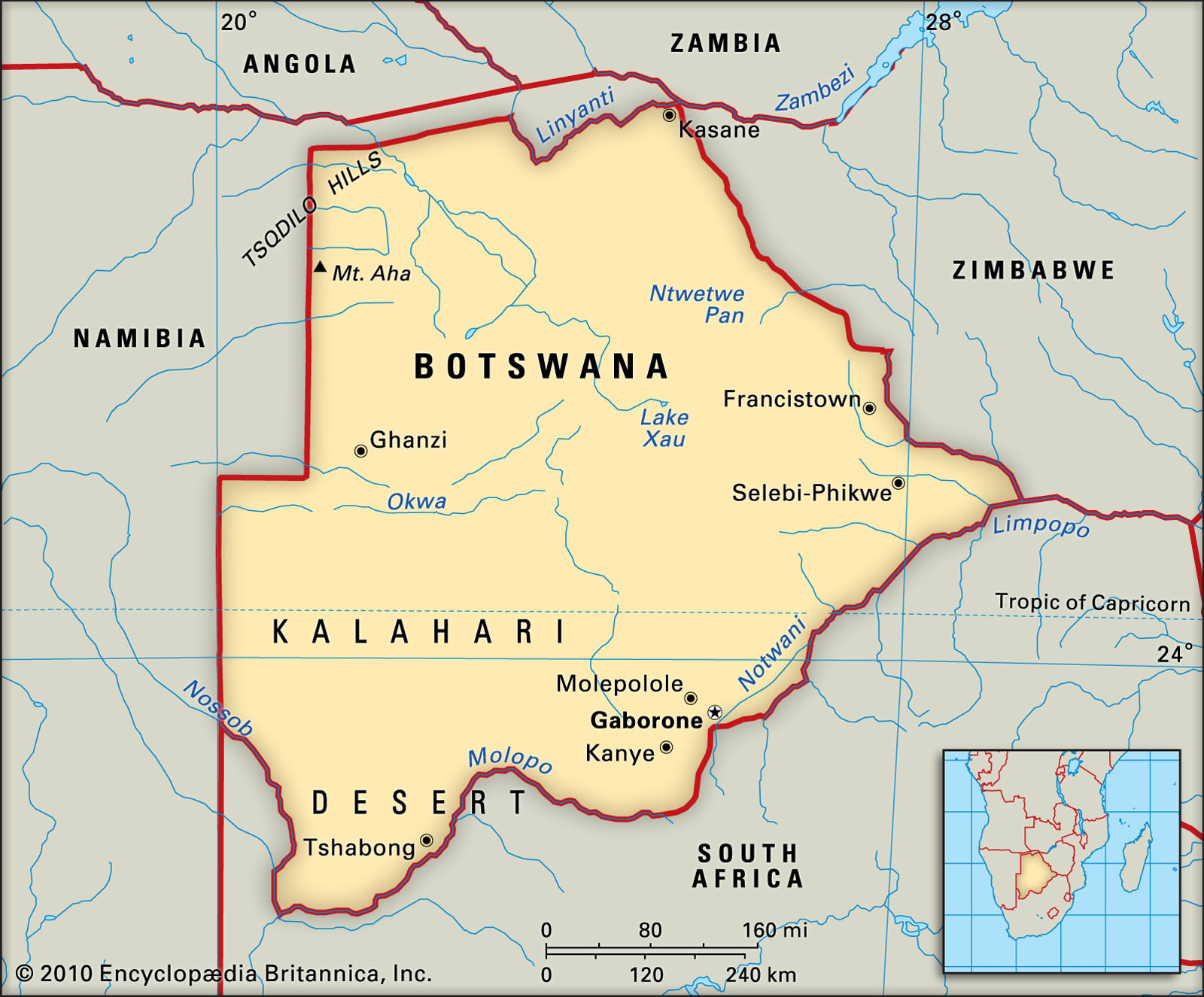
Our travel goals in broad strokes are these:
- Some of the work that we will be doing will involve traveling to some of the more remote areas of Botswana to do research and professional development. Also, getting around “Gabs” (as they call it) and Botswana in general on a day-to-day basis is really best done in a car. So a vehicle will be necessary one way or another for us.
- With all the national parks and wilderness available in Botswana, we intend to spend as many long weekends and university holidays as we possibly can exploring southern Africa, camping, overlanding, etc., much like we do in Montana and the American west right now.
- Nascent plans are taking shape for a final long overland journey at the end of our time in Botswana - most ambitiously the classic “Cape to Cairo” trip. (I’ll try to parse out that can of worms in more detail later on, as there are many, many things to discuss with respect to that idea. Like, a lot.)
What Are We Driving?
Here’s where the rubber meets the road (or gravel, as it were). We have developed four possibilities - if you see others, let me know. I will try to break down some of the costs and other variables associated with each one, and leave it to you to duke it out down below.
- Ship our current vehicle - a 1999 Jeep Cherokee (XJ) - to Botswana.
- Purchase/build an overland vehicle in Botswana.
- Purchase/build an overland vehicle in South Africa.
- Purchase an inexpensive “normal” vehicle for day-to-day use in Botswana, and on an as-needed basis rent an overland-equipped 4x4 for our adventure travel.
Option #1: Keep On Jeepin’
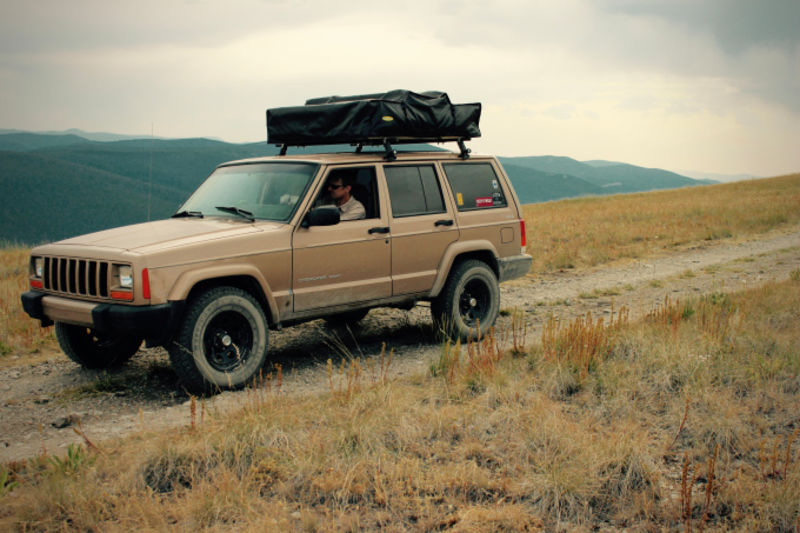
Pros:
- First and foremost are costs - the grant will pay to ship the Jeep to Africa, and it’s already equipped with all the tools and recovery gear, camping and cooking equipment, and various paraphernalia we need for overland travel.
- Botswana’s vehicle import laws are pretty chill. Our Temporary Resident visas will allow us to import one foreign vehicle per family without paying customs duties (which can run as high as 55%). We are only on the hook for the VAT of 12% on the declared value of the vehicle (less than $500 in our case, realistically).
- The only real out-of-pocket costs we would have are to ship the Jeep home (which we are required do under the import law), purchasing a Carnet de Passage, and doing any final preparation and maintenance on the vehicle before we leave.
- I know this truck well, and I know how to work on it. Its major mechanical components are in good shape - engine, drivetrain, and suspension. I should know, I’ve done most of the work myself. It can mostly be repaired with a few sockets and star bits.
- XJs are not unknown in Africa (they were even manufactured under license in Egypt), though they were sold in considerably smaller numbers than comparable Toyotas or Nissans. A quick email to the Jeep dealer in Gaborone confirms that they do, in fact, stock parts for XJs.
- Thankfully, RHD Cherokees are basically identical to LHD Cherokees with a few exceptions - and the LHD-specific parts are spares I can easily bring with me, such as accessory drive belts, hoses, etc. (things I carry anyway).
- Makes for an interesting story, i.e., “crazy Americans ship 20-year-old Jeep to Africa, hi-jinx ensue”.
Cons:
- Uh, this thing is old. It has racked up many, many miles. Things are breaking on it. It won’t actually get any younger.
- This is the big one: in Africa, fuel range is the primary consideration for long-distance travel. Gas stations are few and far between, and their stock is not always reliable. Our XJ has a puny tank (19 gallons, realistically), and pretty sad fuel economy. Either a half-dozen jerry cans are in my future, or a $1000 fuel tank upgrade (probably both).
- It will be a pain in the neck to live with a LHD vehicle for a year in a RHD country, not to mention a potential safety risk.
- Relative scarcity of parts and mechanical support for this particular model.
- High profile - a LHD US-registered XJ tooling around Africa does not exactly constitute flying under the radar, but if Dan Grec can do it in his JK in far more unstable parts of the continent, so can we (not to mention every other European overlander in whatever crazy MAN trucks they’re driving). Let’s be honest here - even if we buy a local vehicle, we’ll never be “blending in”.
Option #2: Buy Botswana!
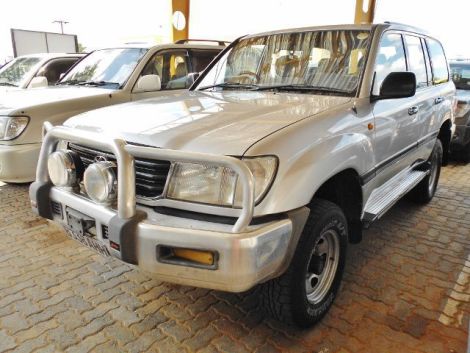
Pros:
- This potential vehicle will be RHD, and supported by local markets in terms of parts and knowledge across Africa.
- Our Temporary Resident visas allow us to purchase vehicles, the same as a Botswana citizen. So, there are no headaches trying to title, register, and drive the car.
- Super cool local vehicles like Hi-Luxes, Land Rover 110s, Land Cruisers, Prados, Navaras, etc. on offer. Most of these will be diesel models, a fuel which is more common in sub-Saharan Africa.
- These trucks are built from the factory for the local markets in Africa, too - which means long-range fuel tanks, heavy-duty axles, and often many other extras that cope with the specific conditions that driving life in this part of the world throw at you.
- We would have some support from our friends and colleagues in Botswana in the purchasing process.
- Possibility of purchasing an older vehicle that we could import back the US at the end of our trip makes for a good story - “crazy Americans buy old Land Rover in Africa, hi-jinx ensue”.
- If we buy a vehicle that is not outside the 25 year US import restriction, we can sell it near the end of our trip, and not take too much of a hit on depreciation.
- Will be less conspicuous than driving a foreign-registered LHD car every day.
Cons:
- Holy crap cars are expensive in Botswana - both used and new (we are realistically not going to buy new) - comparable, if not more expensive than the US. The Botswana pula is relatively strong against the US dollar.
[Fun fact: “pula” means “rain” in Setswana, so you can literally make it rain if you shower exotic dancers with the local currency .] - The car market in Botswana is very, very small. Only a little over 2 million people live in the whole country (the third lowest population density in all of Africa), so options are limited, which contributes to the inflated prices.
- Unless I can score a truck that the seller is unloading with all of his or her gear, we would likely have to start completely over in terms of buying our camping equipment, cooking kit, tools and recovery equipment, and other stuff which equals more $$$$$ out the window. This is extra frustrating since we have spent a lot of time and money building our overland kit here at home - we would essentially be duplicating it half a world away.
- Steep learning curve - I would need to educate myself quickly about the strengths and weaknesses of whatever totally foreign truck we buy, and learn how to wrench on it. I wouldn’t know a Birfield joint if it bit me on the butt.
- This option might also scuttle our Cape-to-Cairo plans if we can’t export the car, secure a Carnet de Passage to bring it north (a US citizen driving a Botswana-registered vehicle across multiple international borders after the expiry of our Botswana Temporary Resident visas = definitely not easy), or sell it at the end of our trip.
Option #3: “Suud Eeffrica”
Just a little South African accent joke, there.
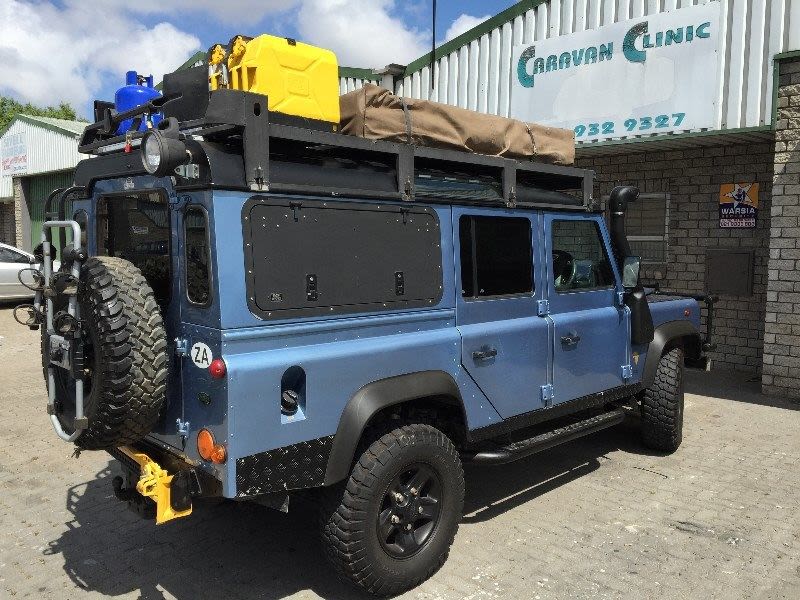
Pros:
- As a member of the Southern African Customs Union, Botswana citizens or Temporary Residents (like us) are allowed to import vehicles from any member state into Botswana without paying customs duties (only VAT, at 12%). This includes South Africa.
- EXPONENTIALLY larger vehicle market, and South Africa’s biggest metropolitan area, Johannesburg/Pretoria counting nearly 10.5 million souls, is very close to Gaborone (a little over 200 miles). There are simply just a lot more trucks available to buy.
- The South African market includes a fairly large number of already prepped overland vehicles, like that 110 pictured above. This is due to the fact that overlanding is popular in SA, more people can afford it, and a lot of long-term overlanders in Africa end their journeys in SA, and are looking to sell.
- Due to a weaker currency vis-à-vis the US dollar, and the much larger inventory of used vehicles, they are generally more affordable to purchase - but not nearly as affordable as you might assume. Values are still quite high in South Africa compared to the US.
Cons:
- See above in the Botswana section, outside the upfront costs and market size, the exact same problems apply.
- Purchasing a vehicle as a foreign national in South Africa is notoriously difficult from a bureaucratic standpoint - not even our Temporary Residence Permits from Botswana will help us with that. It is generally recommended that you hire an agent to do the purchase process for you if you don’t possess an SA work or residence visa, which adds significant costs and time to the process. This is the single largest obstacle to the South Africa option.
Option #4: Bent to Rent
This is an interesting idea, and something we did two years ago when we traveled to Africa the first time as tourists. Both large international companies (like Avis), and local firms rent out overland-equipped vehicles in southern Africa. Almost all can be driven easily across borders into most of the countries in the region, and all come with 24 emergency support.
Pros:
- Fully equipped, fully insured, and fully supported overland travel.
- Brand new vehicles and equipment.
- No used-car ownership hassles. Just hand back the keys when you’re done.
- In the long-run, could be possibly less expensive than buying a vehicle in-country if we are judicious with our travel plans.
Cons:
- No impromptu weekend trips - will need to plan well ahead for every journey.
- Will 100% end any dreams of a Cape-to-Cairo expedition.
- Will need to purchase a vehicle anyway for day-to-day use when we are there - why not just buy a truck that can take us on adventures as well as the grocery store?
- Also, not inexpensive - rentals can run upwards of $200 per day depending on the equipment spec. A three-week trip over the Christmas holiday could ring up $4000, money that could be used to buy instead.
- Not a great story - “dull Americans rent from Hertz every other weekend”.
Conclusions
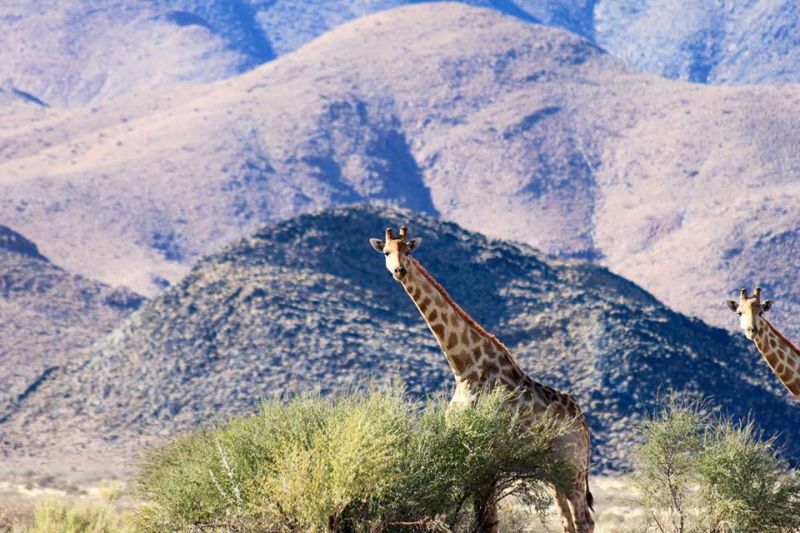
If you’re still with me, I’ll sum things up briefly, and then leave you to it.
Option #1 is, frankly, still on the table for us, if for no other reason than it is the least expensive, and, in some ways, the most interesting. It’s also the most likely path for us if we are really going to try to grab the brass ring of that trans-continent journey. The XJ is going in next week to a mechanic I trust for a stem to stern inspection and testing to see if there are any lingering issues that need to be addressed. The fuel range situation still bothers me - that will be expensive and a pain in the neck to address.
We are also, however, kind of leaning toward Options #2 and #3 - they are good stories in and of themselves, and there is much to recommend for really taking the full plunge into local life by buying a local vehicle. It will be a lot more expensive, and may create some logistical headaches, but it’s very appealing.
Alright, get to it ladies and gents - what’s your take?
